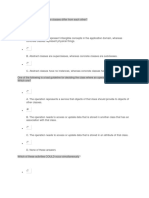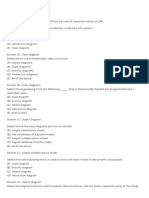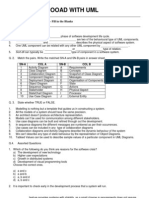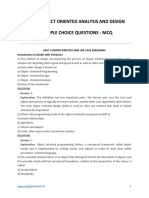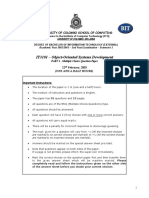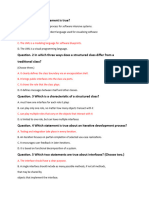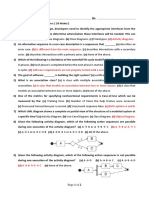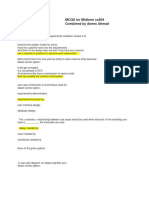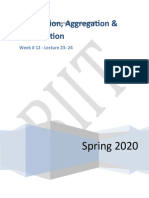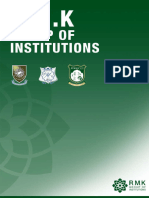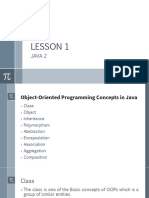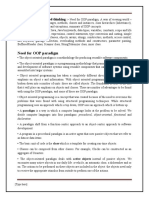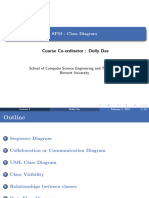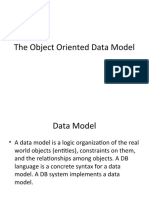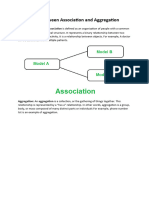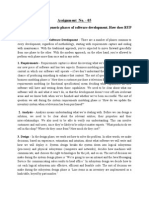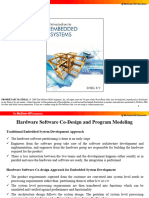0% found this document useful (0 votes)
8 views14 pagesOose MCQS
The document contains a series of multiple-choice questions (MCQs) across five modules related to software requirements, object-oriented analysis, detailed design, Java programming fundamentals, and advanced Java features. Each module consists of 20 questions with correct answers provided. The document aims to assess knowledge in software development concepts and practices.
Uploaded by
Triveni JayaramCopyright
© © All Rights Reserved
We take content rights seriously. If you suspect this is your content, claim it here.
Available Formats
Download as DOCX, PDF, TXT or read online on Scribd
0% found this document useful (0 votes)
8 views14 pagesOose MCQS
The document contains a series of multiple-choice questions (MCQs) across five modules related to software requirements, object-oriented analysis, detailed design, Java programming fundamentals, and advanced Java features. Each module consists of 20 questions with correct answers provided. The document aims to assess knowledge in software development concepts and practices.
Uploaded by
Triveni JayaramCopyright
© © All Rights Reserved
We take content rights seriously. If you suspect this is your content, claim it here.
Available Formats
Download as DOCX, PDF, TXT or read online on Scribd
/ 14







